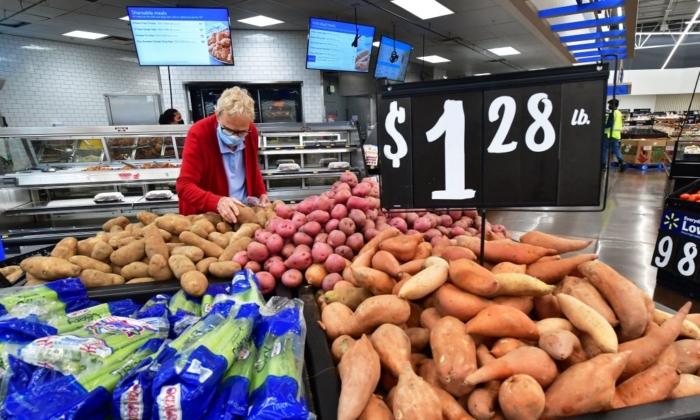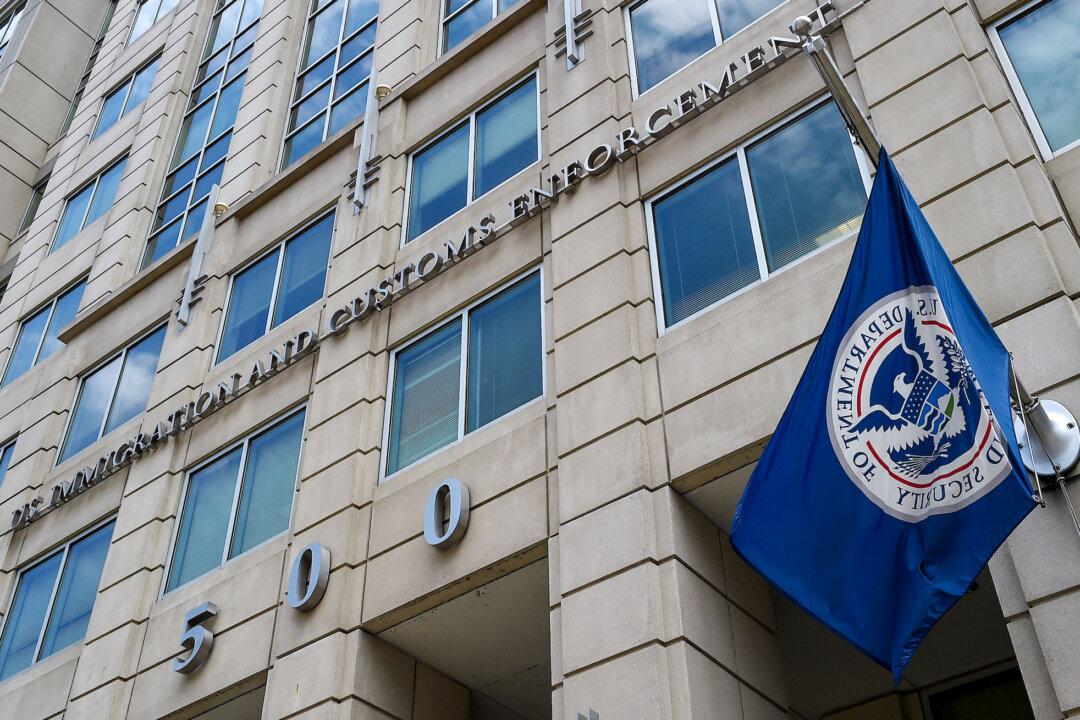Moody’s Analytics chief economist, Mark Zandi, has calculated that the typical American household is spending a whopping $709 more per month than it was two years ago because of high inflation.
Mr. Zandi’s calculations came in a post on X, formerly known as Twitter, that was remarking on the latest government data on inflation, the Consumer Price Index (CPI).
Inflation, as measured by CPI, came in at 3.2 percent in year-over-year terms in July, up from 3 percent in June and the first increase in the annualized pace of inflation in about a year.
While that’s down from the 9.1 percent peak in June 2022, many consumers continue to reel from the persistently elevated price pressures of the past few years.
“The high inflation of the past two-plus years has done lots of economic damage. Due to the high inflation, the typical household spent $202 more in a July than they did a year ago to buy the same goods and services. And they spent $709 more than they did two years ago,” Mr. Zandi wrote in his post.
While Mr. Zandi characterized July’s inflation numbers as “great,” Republicans saw his calculations as yet more proof that President Joe Biden’s economic policies have been fanning the flames of inflation.
‘Right All Along’?
Republicans have criticized several big-ticket spending bills championed by President Biden, including the so-called Inflation Reduction Act, which they said would do the opposite of the price-busting pledge implied by the name.Democrats, by contrast, have argued that the legislation would lower price pressures.
The Penn Wharton Budget Model found that the impact of the bill on inflation is “statistically indistinguishable from zero,” while the Tax Foundation’s analysis concluded that “by reducing long-run economic growth, the bill worsens inflation by constraining the productive capacity of the economy.”
President Biden recently said he regrets naming the bill the Inflation Reduction Act because it was more about spending on environmental initiatives rather than taking the sting out of soaring prices.
“The Inflation Reduction Act—I wish I hadn’t called it that, because it has less to do with reducing inflation than it does to do with dealing with providing for alternatives that generate economic growth,” the president said on Aug. 10 at an appearance in Park City, Utah.
Some Republicans saw his remarks as confirmation of their earlier arguments that the Inflation Reduction Act would have the opposite effect of what the bill’s name promises.
“Republicans were right all along,” Rep. Andy Biggs (R-Ariz.) said in a post on X in response to President Biden’s comment.
While the headline pace of CPI inflation came in at 3.2 percent year over year, so-called core inflation—which strips out food and energy from the calculation—came in at 4.7 percent.
The core reading, rather than the headline numbers, is what the Federal Reserve looks at most closely when assessing progress in trying to bring inflation down to its target of about 2 percent.
“The decline in core inflation readings from year-ago levels has been much less pronounced and at 4.7 percent remains well above the 2 percent target,“ Greg McBride, chief financial analyst at Bankrate, told The Epoch Times in an emailed statement. ”Even after a monthslong holding pattern to start the year, core inflation readings are showing only modest progress in the right direction.”
Households Still Feel Squeezed
Although the pace of inflation has slowed significantly from the 9.1 percent peak in June 2022, several recent surveys indicate that Americans continue to feel the pain of high prices.According to a Bankrate survey in July, 72 percent of Americans don’t feel financially secure. Among them, 63 percent say that high inflation is making it hard for them to be financially comfortable.
Another survey by Bankrate in June found that 68 percent of Americans are saving less for unexpected situations because of inflation.
High inflation resulted in Social Security recipients receiving an 8.7 percent cost-of-living adjustment (COLA) in 2023—the biggest such increase in about 40 years.
Yet another survey from the nonpartisan Senior Citizens League showed that about two-thirds of retirees who participated in the poll said that high prices have forced them to put off dental care, including major work such as dentures, bridges, and implants.
“High costs have significantly impacted older Americans’ ability to access healthcare,” the advocacy group said in a statement.
Nearly one-third of respondents said that they had postponed filling prescriptions or getting medical care, while 8 in 10 said that essentials such as food and housing are costing them more today than a year ago.
The latest CPI data show that housing costs have risen 7.7 percent over the past year, while rent is up 8 percent.
Some analysts expect that the pace of inflation in housing will slow down significantly going forward because there’s a lag in rental costs being reflected in the government’s inflation figures.
Consumers, too, seem to be expecting more easing of price pressures going forward, according to the latest survey of inflation expectations from the Federal Reserve Bank of New York.
Year-ahead price growth expectations for food, medical care, and rent retreated to their lowest levels since early 2021, the Fed found.
The median year-ahead expected price changes for food declined by 0.1 percentage point, to 5.2 percent; those for medical care fell 0.9 percentage point, to 8.4 percent; and expectations for rent dropped 0.4 percentage point, to 9 percent. While a decline from a month ago, the figures remain elevated by historical standards.
Overall, the median year-ahead inflation expectations fell from 3.8 percent to 3.5 percent, the lowest since April 2021.







